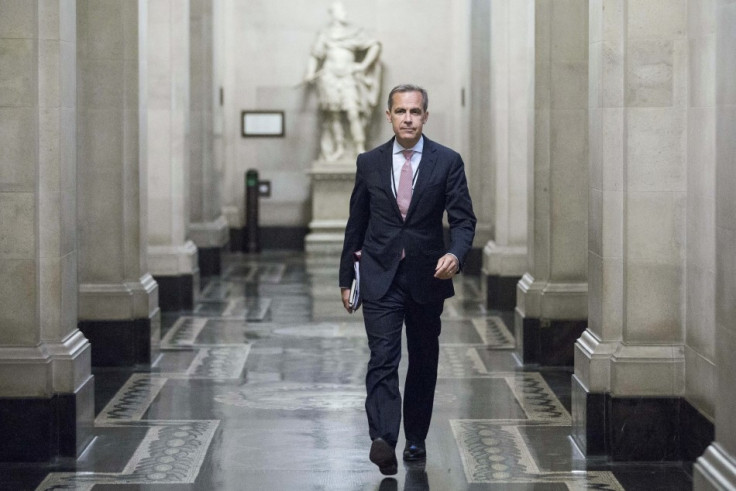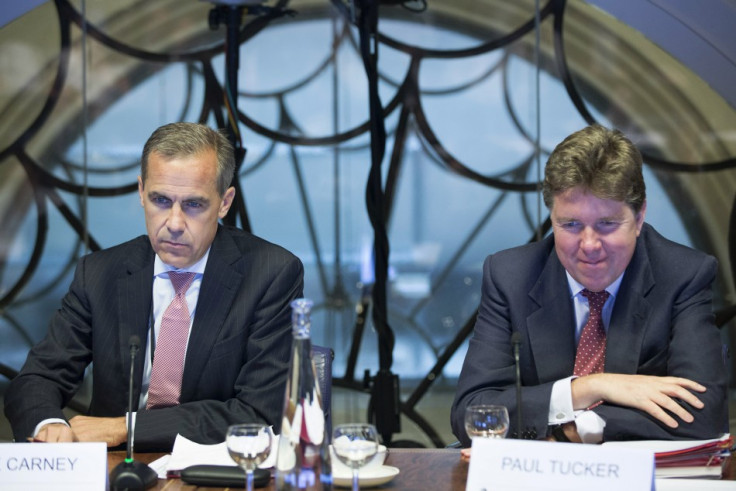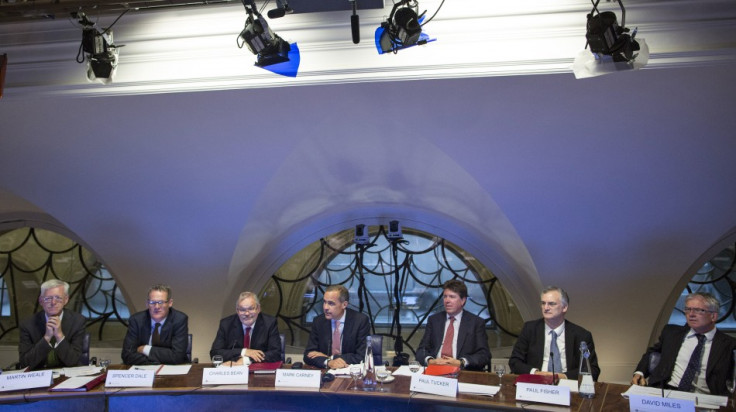Welcome to Zombie Britain Mark Carney: Milestone Arrival of New BoE Governor

Sir Mervyn King, who will retire after a decade of service as the Governor of the Bank of England and chairman of the Monetary Policy Committee, is being replaced by Mark Carney as of 1 July.
Carney, who departs the Bank of Canada after five years as governor, was handpicked by Chancellor George Osborne to provide more monetary activism to offset the government's efforts in implementing austerity.
Expectations are already high about the impact Carney will have on monetary policy and the range of new measures that he will introduce.
But can Carney deliver?
What Will Carney Find?
Carney is likely to find a household sector riddled with debt and overly leveraged towards a housing market that appears to be over-valued by traditional measures.
He will also find a hawkish, oddly-formed coalition government struggling to reign in the nation's public deficit, a corporate sector refusing to invest - with some parts surviving only thanks to low interest rates - and a banking system that is partially functioning, under-capitalised, and lacks competition.
Welcome to zombie Britain Mr Carney.
The structural headwinds are immense, but there are some encouraging signs appearing on the cyclical front. In his annual Mansion House speech, the Chancellor George Osborne said that Britain has left intensive care.
What Can Carney do?

Even before his arrival, Carney had already triggered a major debate over the appropriate target for the Bank of England.
Carney had suggested that nominal GDP targeting may be a more appropriate target, especially during the current period where short term inflationary pressures mask longer-term deflationary pressures, caused by an excess of spare capacity in the economy.
The debate over nominal GDP targeting versus inflation targeting was put to rest by the Chancellor in his last Budget speech.
While the current 2% inflation target remains in place, the Chancellor was clear that he expects a greater use of the tools available to the Monetary Policy Committee (MPC) in order to support his efforts to cut the nation's budget deficit - a task that he has struggled to make much progress on due to the weakness of the economy.
This was only highlighted by the big cuts to departmental budgets outlined in his speech accompanying the Comprehensive Spending Review.
Likely Changes
The first change Carney is likely to make is the introduction of forward guidance on interest rates.
The Bank of England has always been reluctant to give explicit signals on the path of monetary policy as it felt it could reduce the flexibility it has in changing policy on a monthly basis.
The Chancellor specifically mentioned the use of forward guidance as a tool at the Bank's disposal, and so we expect that tool to be utilised either after the next MPC meeting on 4 July, or following the August Inflation Report.
As we have discussed in the past, the use of forward guidance will only have an impact if the time horizon is long enough to change market expectations.
Based on Euro-Sterling strip futures, the market expects the Bank of England base rate to rise between June and September 2014. On this basis, forward guidance would need to encompass at least a year to have any impact.
We see a good probability that Carney chooses to do this in the near future. This could lower gilt yields and possibly GBP. Note that our forecast sees interest rates on hold until 2015.
Whether forward guidance moves financial markets or not, there will still be an impact on the decision making process of the average consumer - who is unlikely to be as well informed as markets. Greater re-assurance that interest rates will remain on hold, or even lower for longer, could encourage greater risk taking in consumption and investment decisions.
Other Options

Carney is also due to give an assessment of all tools available to the Bank alongside the August Inflation Report. The effectiveness, scope and side effects of each tool will be scrutinised, and the Bank's report should give us a clearer steer on the tools likely to be utilised.
In addition to forward guidance, below is a list of options open to the Governor:
1. Increasing quantitative easing (QE)
2. Restarting corporate debt purchases
3. Buying assets backed by residential mortgages, either from the secondary market, or from the government in the future
4. Cut the main policy interest rate further from 0.5%
5. Cut the deposit rate for banks, taking it into negative territory
6. Introduce supplementary targets (for example, the unemployment rate like the Fed)
7. Cancel current holdings of government bonds, effectively making QE purchases a permanent give away
8. Through the Financial Policy Committee, lower capital requirements for banks, and therefore encourage more lending.
What Carney Can't Do
What Carney cannot do is force through stimulus without the majority support of the relevant committee.
Unlike the Fed, members of the MPC are personally, not jointly, responsible for delivering the MPC's mandate on price stability.
For example, Mervyn King has been outvoted in the last five meetings in calling for more QE. The new governor will undoubtedly bring a fresh perspective to the debate, but may struggle to gain much traction in introducing some of the more radical ideas listed above, at least, not without a substantial downturn in the economic activity.
Of the options above, we see an expansion of QE as the most likely course of action.
We continue to forecast a £75bn expansion in the BoE's asset purchase programme by the end of the year, but likely to start in August. This would be dependent on macro data beginning to soften, as mortgage rates start to climb.
In any case, Carney will be under pressure not only from the Chancellor, but also markets, to deliver further stimulus in some form.
Azad Zangana is Schroders' European Economist.
© Copyright IBTimes 2025. All rights reserved.





















